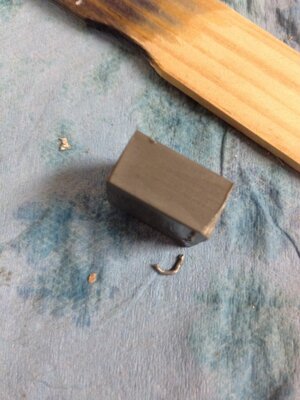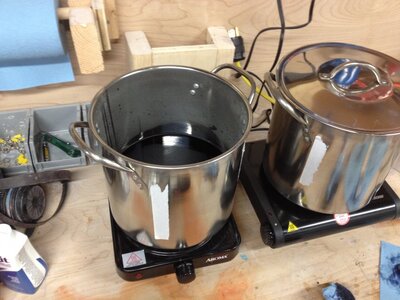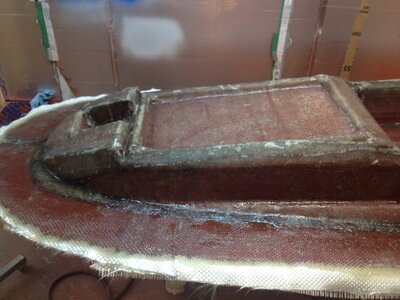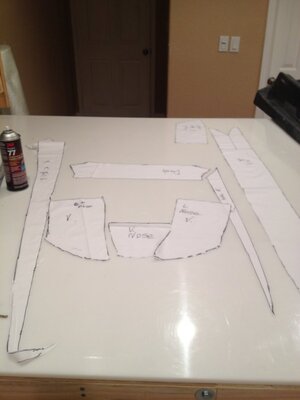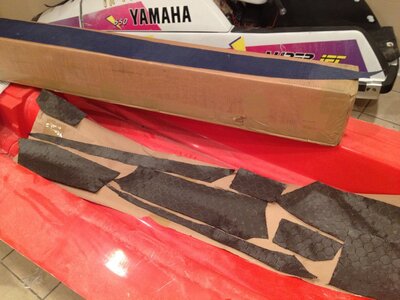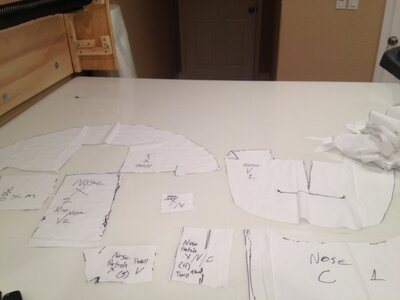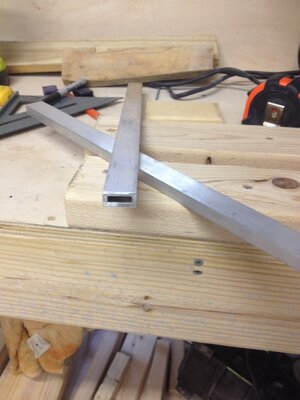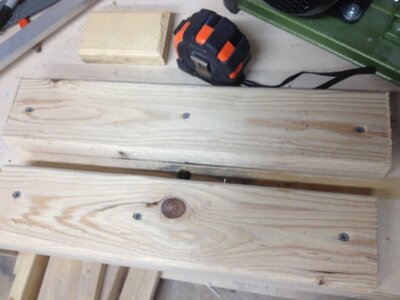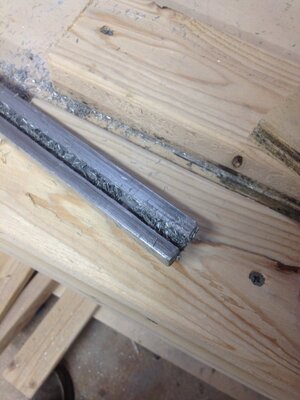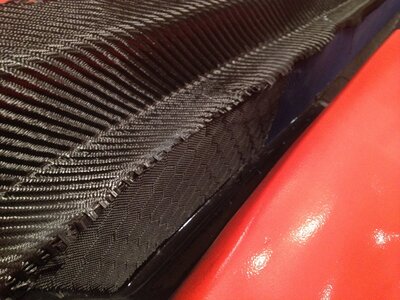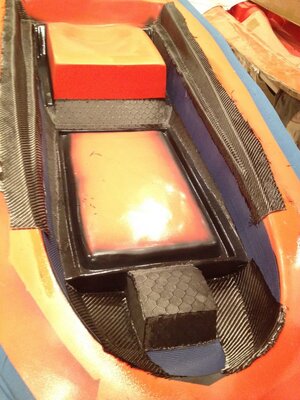- Location
- Houston, TX
no he didn't… scuffing it with what? Did you run into the bonding issue? Sounds like I need to layup a test panel.
Crunch Time! I am setting a goal date of April 19th. I want to have this ready for the Port Aransas ride. Put in 5 hours Wednesday, 5 Thursdays, 9 Saturday, and 14 Sunday. Still so much work left to do…
So this is about where we left off.
View attachment 271724
Pole area finished and first layer of body filler down for the hood opening.
View attachment 271725
Hours of sanding later and a high build primer. This part took longer than I had wanted. I raised the sides of the opening.
View attachment 271726
View attachment 271727
3/4" plywood will be used as the flange this time. Traced around the top deck and then measured 8" all around for the cut.
View attachment 271728
Used 2 part foam to adhere the top deck to the plywood. Masked off the finished rails with metallic tape so I could lay the body filler up against it. To seal up the rear, I used XPS cut into sections and wedged in at an angle. 2 part foam as an adhesive for the XPS and to "seal" the XPS so I could lay polyester body filler without it dissolving. Sanded down the XPS and layered body filler all around flange. Having a large compressor allowed me to use a DA sander which cut down the sanding time tremendously. Still, it was a tedious task.
View attachment 271729
View attachment 271730
View attachment 271731
Several hours later it is ready for the surfacing primer. Almost...
View attachment 271732
I had a very basic design drawn up and some vinyl cut. Just like an imperfection on a plug will transfer to the mold, so will the raised the letters. The finished part will take on the decal if everything goes as planned.
View attachment 271733
Can you elaborate more on your work here? I just moved on from some half ass patch work to some quality mold making. However, my flanges recently have come out pretty poor (i've only made 3 small molds with flanges so far). I like the quality you have put down here. What kind of tape did you use to do this? I don't necessarily need pictures. Interested more in the steps you took to get a good connection to the flange without messing up the edge of the plug.
One of my problems is the parts I have made are much more complex than a flat bond rail. I've been using playing cards and packing tape to make a rail but it's time for a better finish. I think playing cards or construction paper is actually a good possibility on my complex shapes if I back it with foam or plaster. Any thoughts?
Going to start using duratech from here out. I've been using cheap lacquers which get an acceptable finish but my expectations are higher now.
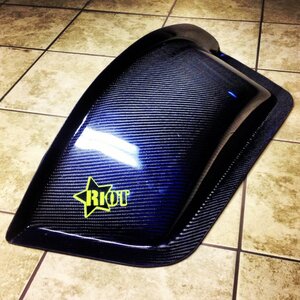

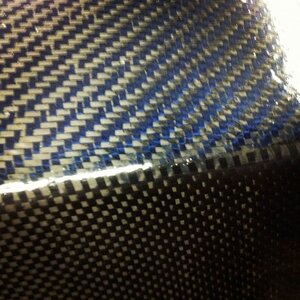
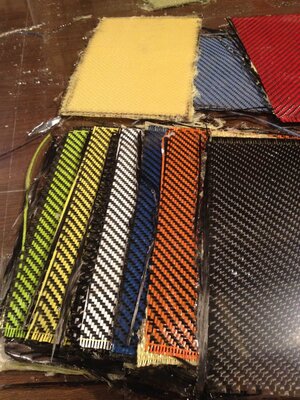
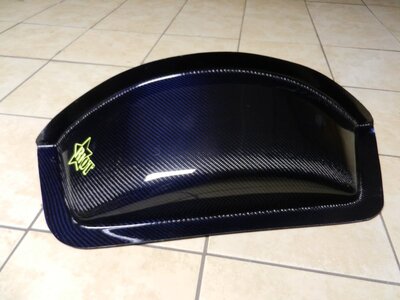
Is that supplies to do some homemade anodizing?







